Maintaining a lush, vibrant lawn requires careful attention to various soil and nutrient factors, including applying lime and fertilizer. As homeowners strive for a healthy, verdant yard, understanding the role of these amendments is crucial. Lime is often used to adjust soil pH, making it more favorable for grass growth, while fertilizer provides essential nutrients to support robust plant development. This article explores whether lime and fertilizer can be applied simultaneously, examining their interactions and potential impacts. By gaining insights into best practices for lawn care, readers can make informed decisions to foster a thriving outdoor space.
What Is Lime and Why Is It Important for My Lawn?
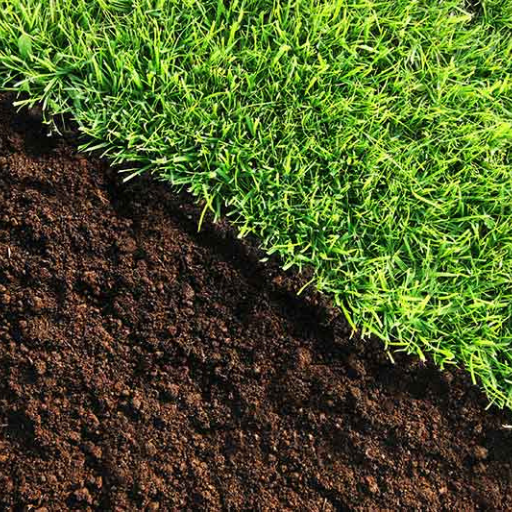
Let’s Begin With Lime: What Is It and What Does It Do To Our Lawns?
A lime is a soil enhancer comprised of ground limestone rock with calcium and magnesium carbonate. Lime has its use in lawn care management primarily to change the acidity or pH levels of soils acidic in nature because most grasses thrive between a range of 6.0-7.0 pH. When the the soil pH is lower than the optimal range, some critical nutrients will be less accessible to grass plants and inhibit their growth and health. Improved lime recommends itself for the betterment of the soil complexion, better mineral absorption, and stimulating of desirable soil microflora. By ensuring a proper level of acidity in the soil, lime has been proven to support more robust and healthier lawns and more vigorous roots. Lime, like other organic fertilizers, does not contain nutrients, but considering its role in the adjustment of soil pH, it is complementary to any fertilization program and healthy lawns.
Benefits of Dolomitic Lime to Acidic Soils
Acidic soils are widespread and affect grass growth. However, dolomitic lime can have positive effects on acidic soils. The initial benefit is that it increases the soil pH, allowing lime-tolerant grasses to grow easily. Applying rainfall or irrigation water will enhance the benefits of ausinglime, for example, soils containing calcium enhance sodic soils composition. Such conditions also improve grass health as nitrogen isotopes become available for bacteria to synthesize nutrients and enhance growth. Moreover, lime usage is beneficial in acidic areas: It improves soil biology and active microbial biomass, which will boost overall grass health. Therefore, liming should be carried out regularly to make grass more active overall and more hardcore which will benefit the growth rate and resist the impact of diseases.
How Lime Helps Affect Soil pH Levels
Lime works to intermediately increase soil pH levels by chemical neutralization of reaction with the acid. When liming material is added to the soil, lime combines with the hydrogen functioning as an acid, so reducing the amount of hydrogen ions leads to increased pH. The reacting together produces water and carbon dioxide, which contributes to the equilibrium of the soil environment. With higher’s the pH level, more soil nutrients are available for plants thus the plants get a better and vigorous growth. The extent and rate of this shift may vary broadly, for example, due to type of lime applied, soil type, and environmental conditions. Consistent monitoring and appropriate use are necessary in order to achieve required and sustainable soil pH levels.
Can I Fertilize and Apply Lime at the Same Time?
Interactions Between Lime and Fertilizer
The relationships between lime and fertilizer may be of particular interest. limes can be said to modify soil PH; thus, soils treated with lime can use fertilizer. Liming is only applied to increase soil PH, but is not the only source of nutrients. Lime and fertilizer do not need to be used at the same time, for there is a possibility that the application of lime may render the soil ineffective for fertilizers. It is necessary to change the profile of the soil with lime in the first place and once pH is within the desirable range only then can a fertilizer be used. Common pH level should be the ideal level of soil pH range between 5 and 7. After that, both lime and fertilizer can be used targeting spatial locations to alter nutrients levels in the soil.
Best Practices for Simultaneous Application
To enhance their effectiveness, there is a need to adopt certain tactical principles when lime and fertilizer applications are done simultaneously. Conduct a soil investigation to analyze its pH status as well as the nutrients that are present. For any limes and fertilizers, this helps to s6555 elect the reasonable quantity and reasonable number and type of these tomatoes as well as their stories. With regard to application, both should be spread uniformly over such an area to avoid uneven coverage. The soil should normally be dry and suitable for this work, which has to be done under pleasant environmental conditions? Observe the soil’s progress following the application and take measures to modify the subsequent actions and treatments depending on the reaction of the plants, as well as the results of the subsequent soil investigations. It is also important to stress that excessive use of farming products for the soil may create nutrient deficiency or toxicity imbalances within it.
Risks Associated With the Sequential Application of Lime and Fertilizer
The application of lime as well as fertilizer may enhance the soil as well as the plants, but like any modification, it also has some risks that should be considered. One of the many prospective risks is the occurrence of nutrient lock-up, wherein applying too much lime will raise the soil pH level to very high levels, resulting in deficiencies of vital nutrients as they become locked out from plants. Where lime and fertilizer are applied together, the probable risk of imbalance occurs, particularly where the amount of lime does not match the amount of fertilizer. An imbalance in the nutrient ratios to which plants are exposed may result in stunted growth and other forms of plant malformations. Further, lime dust when uncontained is prone to getting washed away by precipitation thus creating the problem of runoff pollution and even negating the desired effect of the amendment. In order to avoid these risks, it is important to follow standard practices such as soil testing, specifications on how much should be applied, and field monitoring as well as surveillance of the crop.
When Is the Best Time to Put Lime on My Lawn?
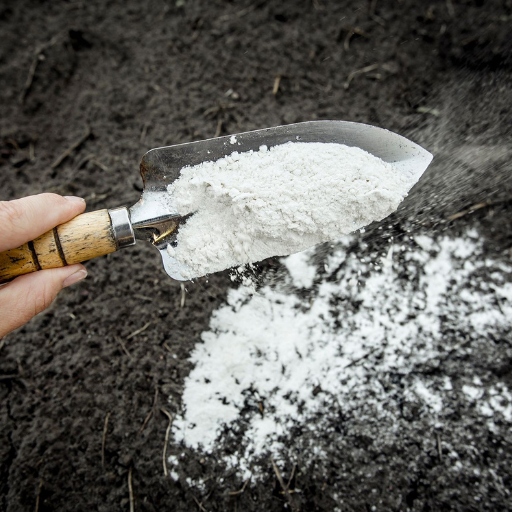
Application of Lime in Specific Seasons: Some Additional Information
When applying lime, timing and frequency are key factors that should best correspond to the time of the year and the specific needs of the lawn, respectively. Nevertheless, there are two periods in the year when it is ideal to use lime — in the autumn and in early spring. The reason is that there will be enough time for lime to make the soil pH in the winter months. By the spring of the next season, the sod will be in better condition than before. Early spring is also suitable provided soil tests show that the soil pH that needs to be rectified before the growing season commences. Extreme conditions, including drought, frost and strong winds, should be avoided when applying lime as they limit its effectiveness. Otherwise, it is wise to rely on the most recent soil test, which will show basic e. g. lime requirements of the lawn.
Soil Testing: When Determining Lime Requirement is Required
Whether lime is required in the application of crops depends on soil analysis. In most cases, it is recommended to carry out tests every two to three years to determine any changes in pH and nutrient levels. The resources are usually best utilized when the test sample collection is done during most part of the autumn or in the early spring just before the growth season so that the correct amount of lime can be applied to the soil that changes its pH easily. During these periods, testing is guaranteed so that there is little or no delay in applying soil amendments until after planting or during the active crop growing season. Always try to take several samples from different parts of your backyard or garden to get the best picture of the condition of your soil.
What Type of Lime Should I Use for My Lawn?
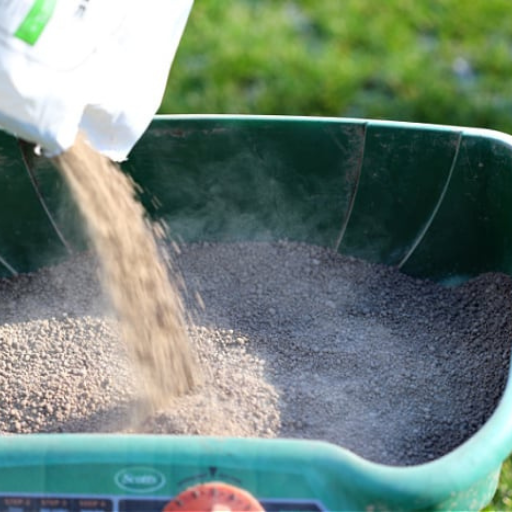
Types of Lime: Regular & Dolomitic Lime
As for lawn care, it is most important to understand the basic differences between regular and dolomitic lime when choosing lime for lawn care. Regular lime, which is also known as calcitic lime, contains 90 percent calcium carbonate and should only be used when soil testing reveals calcium as the only deficiency element. Dolomitic lime also contains magnesium carbonate, so use it if your soil needs more magnesium content. Your soil’s liming requirements are assessed through a nutrient analysis. Use dolomitic lime for magnesium and calcium deficiency and ensure healthy vegetation growth.
Choosing the Right Lime Based on Soil Test Results
There are three steps on how to select lime for your lawn based on the test results of the soil and its nutrients. Firstly, scrutinize the recommendations made on the pH of the test as well as the nutrients that are lacking. If the pH is low in absolute terms, which means the soil is too acid, it indicates the need for lime application. If the test results only show a need for calcium, regular calcitic lime will be adequate. If however, calcium and magnesium are both low, then dolomitic lime which has both nutrients should be applied. Also consider the fineness of the lime; finer particles offer more immediate benefits since they take less time to react. Also, restrict the application of lime to soil types as sandy soils might need lesser amounts of lime than clay soils to achieve the desired pH. On the basis of these parameters, modify the dose and type of application bearing in mind the recommended guidelines for the appropriate quantities.
Different Uses of Lime And Their Application
The application of lime over the lawn should start with a soil test to ascertain the type of lime to be used. A calcitic lime should be applied with a garden spreader or hand spreader for larger areas while for smaller areas, manually broadcasting will be sufficient. Though dolomitic lime should be applied evenly, more mixing with the soil may be needed to achieve better distribution of magnesium. Fall is usually the best time to apply lime as adjustment of the soil pH may take place during the winter season. Light irrigation of the lawn should follow the application of lime so that the working of the lime begins. Do not apply lime on frozen or wet surfaces that are soggy for proper penetration and effectiveness of the treatment. Such applications must be followed with a build-up to the requirements for the soil type and pH without over-liming, as this brings nutrient imbalance.
How Much Lime and Fertilizer Should I Use?
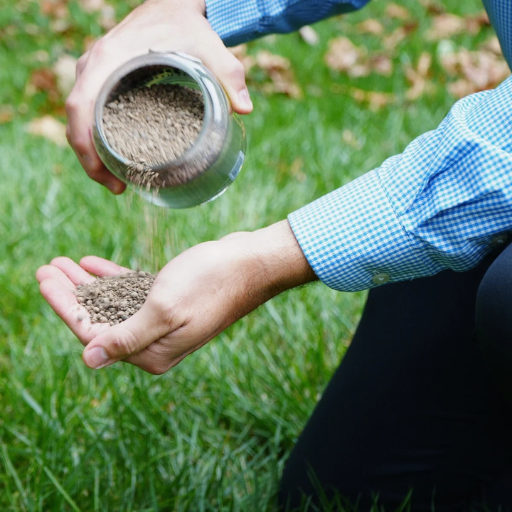
Estimating the Lime Requirement for My Lawn
In order to estimate the amount of lime necessary for my lawn, I always start with a soil test which helps me understand the present soil pH and the optimal soil pH ranges that I should aim to achieve if I want to maximize grass growth, among other things. Subsequently, I make a point of looking at recommended ranges or tables for lime requirements in order to be able to determine the average amount of lime that needs to be applied in a given area, for example, in a foot and, in a thousand square feet. The type of soil is also very critical on the amount; for instance, whereas sandy soils would require a certain amount of lime to reach the desired 18-0, clay soils would require much more than that. The type of lime that is applied is also important to note whether it is calcitic or dolomitic lime which can change application rates. With a good understanding of these factors, I should be able to apply the appropriate quantity in order to be able to ameliorate the level of acidity of soil.
The Correct Amount of Fertilizer
The most beautiful lawns are the least demanding of specific care and maintenance in evenness and overall abundance. What it does take, however, is realizing that a beautiful lawn requires a lot of work. For instance, too high a concentration of nitrogen (N) in the fertilizer can lead to rapid growth and turn the grass into many shades of green but weakens the roots and makes the grass susceptible to disease. A good placement of N into growth and significance on the root-phonon N-ecosystem phase allows for controlled and value acquisition of a dry lawn multiple folds that increase in N or fiber Co-ton with time or frequency of cut.
Determining the Nutrient Requirements of Your Lawn
In order to determine what nutrients are needed to sustain my lawn, I take my first step to carry out a soil test. This reveals the level of key nutrients such as nitrogen, phosphorus, and potassium. Depending on the particular nutrient’s requirement, I prescribe a specific fertilizer. There is no doubt that the growth and health of any grass are dependent on these nutrients most especially during the various growth phases. From following the best practices as well as using relevant horticultural information from appropriate sources, I am able to achieve that my lawn is not deprived of any important nutrients while excessive amount which is intolerable from the environmental point of view is also avoided.
Reference sources
- Baker Lime: This source provides guidance on whether to apply lime, seed, or fertilizer first, generally advising against simultaneous application.
- PennLive Gardening: This article discusses the best practices for applying lime and fertilizer, suggesting that fertilizing first is preferable.
- Hay & Forage Forum: This forum thread explores the challenges of applying lime and fertilizer together, noting potential issues like clumping due to moisture.
These sources should provide a comprehensive view on the topic for your readers.
Frequently Asked Questions (FAQs)
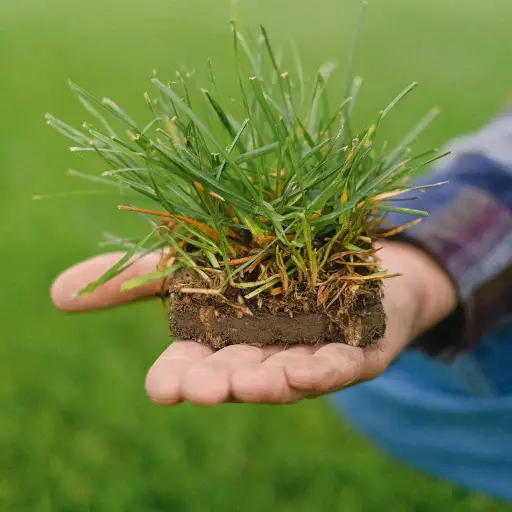
Q: When is the optimal time for lime insertion?
A: The ideal time for lime application is during early spring or late fall when the temperature is not freezing. This allows the lime to decompose properly and raise the soil’s pH level to a certain standard before applying the fertilizer.
Q: In what way the application of lime influences the application of nitrogen fertilizer?
A: Yes, nitrogen fertilizers can be more effective when the soil pH is increased by lime; in this case, nitrogen will become plentiful and active to plants helping me sustain a greener insulating cover.
Q: Before liming and fertilization, should I first check my soil?
A: Yes, it is recommended that the pH of your soil is checked first before any lime and fertilizer is applied. This will also assist you in estimating the correct quantity of lime required to change the pH. The relevant amounts can be obtained in the relevant amount that pertains to fertilizer types.
Q: During the lawn care process, which type of lime should I consider for use?
A: As a result of ease in application and quick decomposition, lawn care practitioners tend to prefer pelletized lime. Depending on the peculiar requirements of your soil, ag lime is equally good and may be used.
Q: Is it okay to apply lime and fertilizing in one application?
A: Lime should be appropriately incorporated into the soil to fully take advantage of its properties, but one should not be too worried about applying lime and fertilizer at the same time.
Q: What is the process by which lime raises the pH of the soil?
A: Lime adds calcium carbonate to the soil, combining with the acids in the soil and reducing their concentration, thereby raising the pH to a level more suitable for plants.






